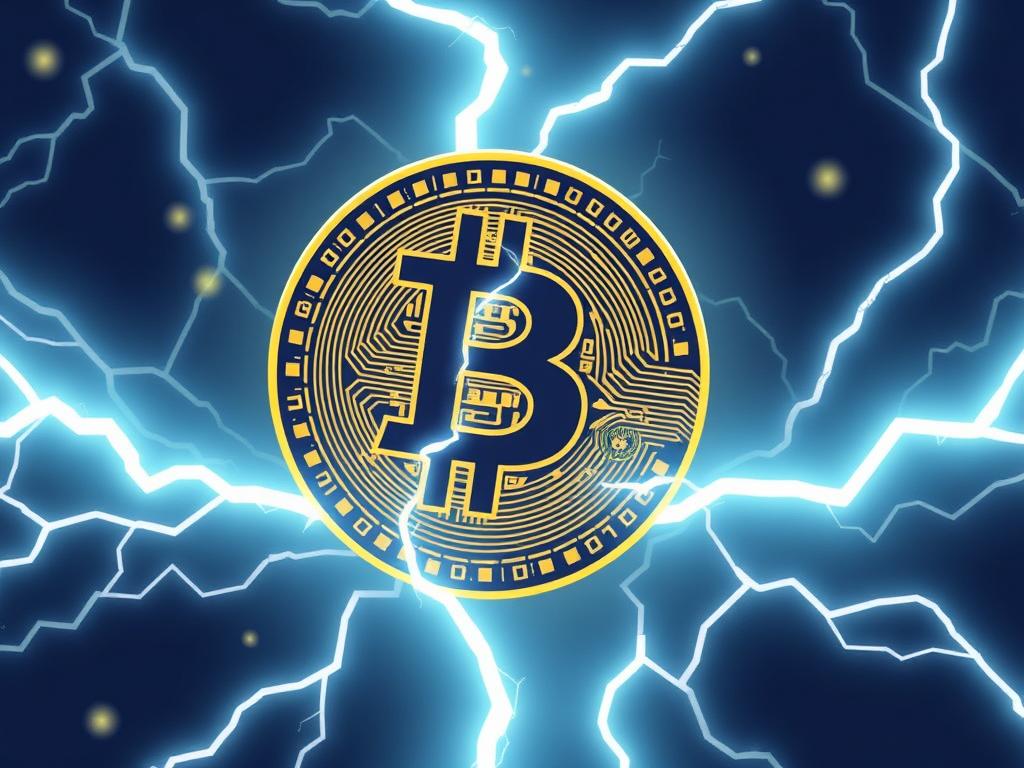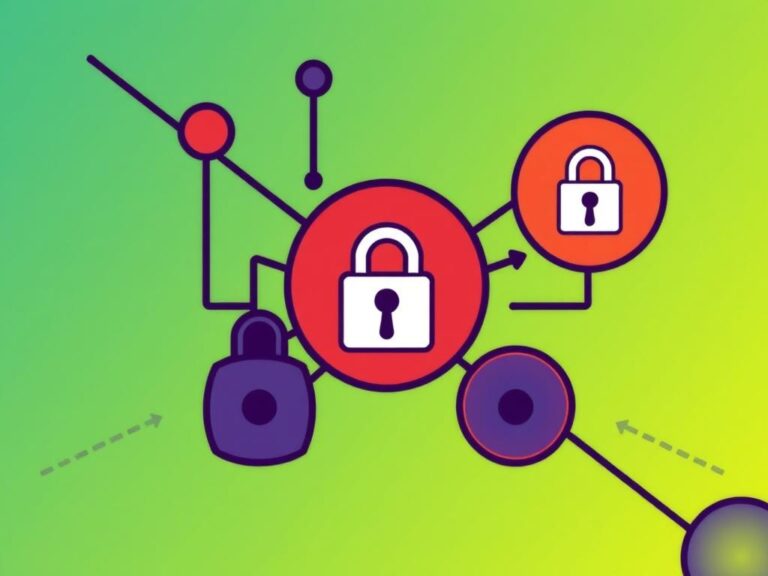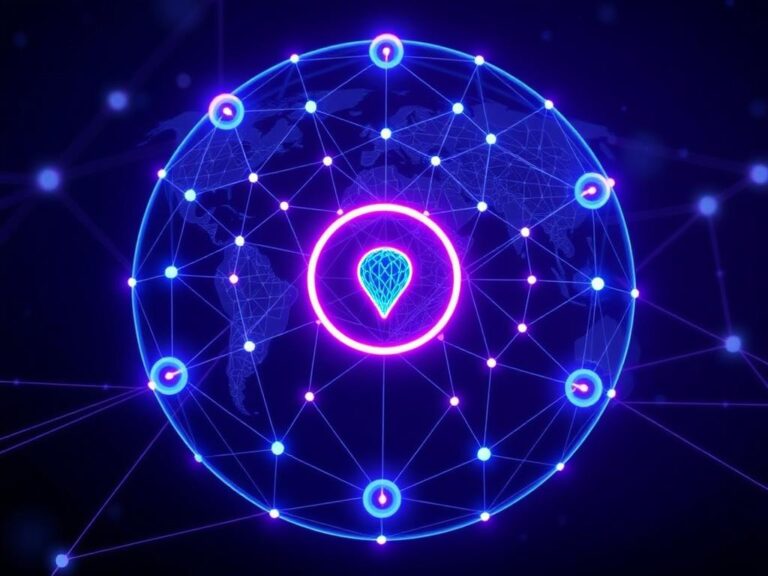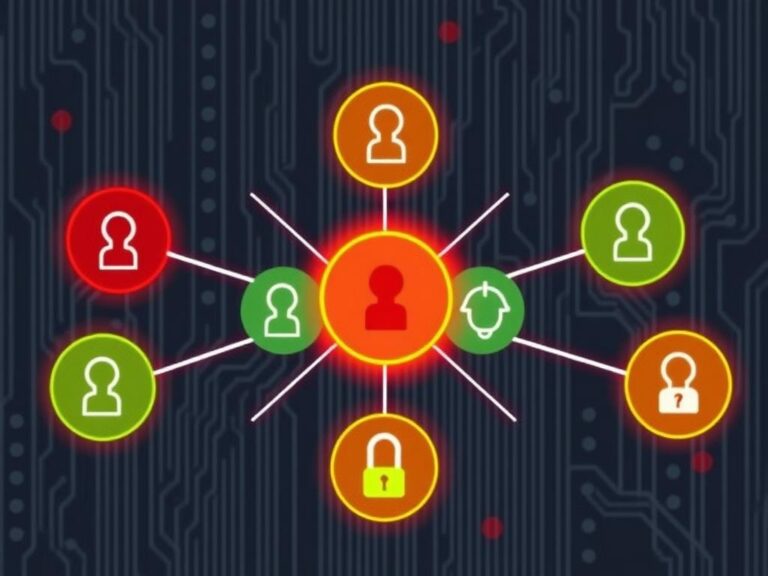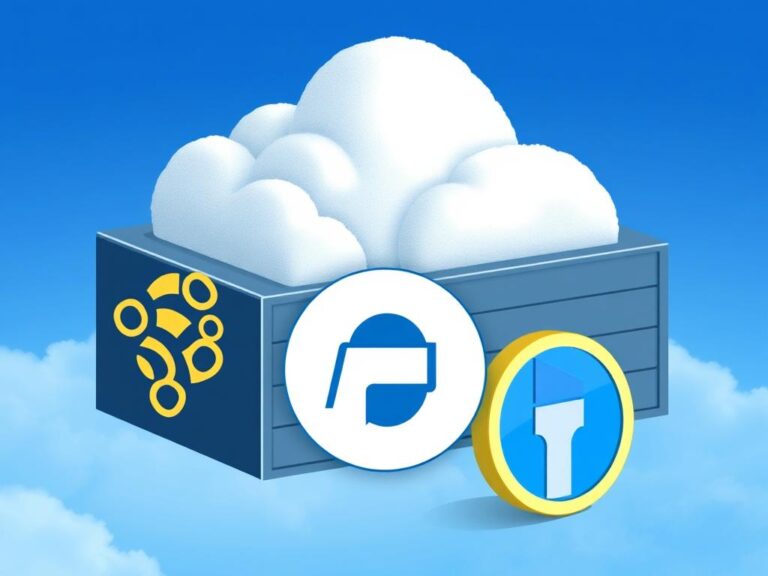Lightning Network: P2P Payments for Bitcoin
Understanding the Lightning Network and Its Role in Bitcoin
Bitcoin, since its inception, has revolutionized the finance world by introducing decentralized digital currency without the need for intermediaries. However, as popular as Bitcoin has become, it has one significant challenge: scalability. On-chain transactions can be slow and expensive, especially when the network gets congested. This is where the Lightning Network steps in to transform the way Bitcoin payments work by enabling P2P payments that are faster, cheaper, and more private.
The Lightning Network is essentially a second-layer protocol built on top of the Bitcoin blockchain. Its main goal is to facilitate off-chain transactions between users, allowing Bitcoin holders to send payments in a peer-to-peer fashion without waiting for block confirmations. With this setup, users can create payment channels that keep most of their transactions off the main blockchain, thereby reducing congestion and fees.
How Does the Lightning Network Work?
At its core, the Lightning Network functions by creating payment channels between two parties. Imagine it as setting up a private ledger where two users can transact back and forth multiple times without involving the entire Bitcoin network each time. Only when the channel closes will the final balance be broadcast and settled on the Bitcoin blockchain.
Here’s a step-by-step of how the process unfolds:
- Opening a Payment Channel: Two parties lock a certain amount of Bitcoin into a multisignature address on the blockchain.
- Transacting Off-Chain: Once the channel is open, they can send unlimited transactions instantly, updating their individual balances privately.
- Closing a Channel: When done, they close the channel, and the final state of their off-chain ledger is recorded on the blockchain as a single transaction.
This approach drastically improves transaction speed and scalability, opening the door for Bitcoin to be used in everyday small purchases — like buying coffee or paying for digital goods — without hefty fees or delays.
Benefits of P2P Payments on the Lightning Network
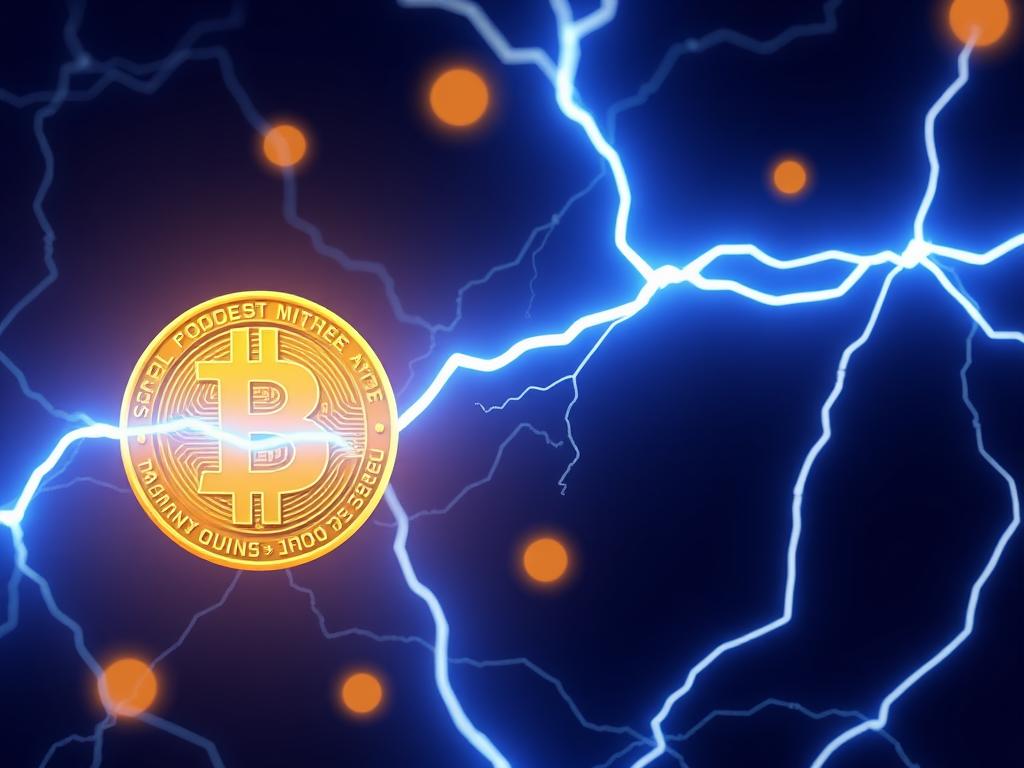
The Lightning Network’s peer-to-peer payments offer multiple advantages over direct on-chain Bitcoin transactions:
| Benefit | Explanation |
|---|---|
| Speed | Transactions happen instantly without waiting for blockchain confirmations. |
| Lower Fees | Since most transactions occur off-chain, fees are significantly reduced compared to standard Bitcoin transfers. |
| Scalability | By alleviating the load on the main chain, the network can handle millions to billions of transactions daily. |
| Privacy | Off-chain transactions aren’t publicly recorded on the blockchain, offering more privacy between users. |
| Microtransactions | Enables very small Bitcoin payments, which are otherwise impractical on-chain due to fees. |
This blend of benefits is what makes the Lightning Network an exciting development for Bitcoin adopters and businesses alike.
Real World Applications of the Lightning Network
The potential applications of the Lightning Network are vast. Some of the most promising areas include:
- Everyday Purchases: Buying coffee, groceries, or paying for transportation can be done seamlessly with instant Bitcoin micropayments.
- Online Content Payments: Bloggers, journalists, and creators can receive small tips or pay-per-article fees directly from their audience easily.
- Remittances: Cross-border payments become faster and cheaper, bypassing traditional financial systems that charge high fees.
- Gaming: In-game purchases and rewards can be instantly transferred between players or to developers in Bitcoin.
- IoT Devices: Machines and smart devices can autonomously exchange value, enabling the “Internet of Value.”
By supporting these diverse use cases, the Lightning Network pushes Bitcoin beyond just being a store of value into a practical medium of exchange.
Challenges and Adoption Hurdles
While the Lightning Network promises a lot, it isn’t without challenges. Some of the key hurdles include:
- User Experience: Using Lightning wallets and channels can be complex for beginners, requiring better interfaces and educational efforts.
- Liquidity Management: Both parties in a payment channel need sufficient funds locked up, posing limitations for wide-scale adoption.
- Network Connectivity: Because it depends on routing payments through channels, finding efficient pathways can sometimes fail if network connections are sparse.
- Security Concerns: Although it offers privacy and speed, if not used correctly, users might face risks like lost funds or fraud.
Despite these challenges, continuous development and growing community support are helping the Lightning Network mature and broaden its acceptance.
Popular Lightning Network Wallets and Tools
If you’re interested in trying out P2P payments on the Lightning Network, several wallets and tools cater to different user needs. Here’s a brief overview:
| Wallet | Key Features | Ideal For |
|---|---|---|
| Zap | Open-source, desktop and mobile, user-friendly interface. | Everyday users and small transactions. |
| Eclair | Strong integration with Bitcoin Core, advanced features for power users. | Developers and enthusiasts. |
| BlueWallet | Mobile-focused, easy channel management, multi-wallet support. | Mobile users wanting simplicity. |
| Lightning Labs LND | Robust backend, widely adopted Lightning implementation. | Developers and service providers. |
Getting started with any of these wallets involves setting up channels and learning how P2P payments flow securely through the network, but the rewards in speed and cost savings make it worthwhile.
The Future of Bitcoin Payments with Lightning Network

As Bitcoin continues to grow in popularity, scaling solutions like the Lightning Network will play a crucial role in embracing mainstream usage. This layer-two protocol not only makes P2P payments efficient but also reinforces Bitcoin’s ethos of decentralization and financial inclusion by lowering entry barriers.
We can expect continued innovation such as:
- Improved routing algorithms for more reliable payment paths.
- Better user-friendly wallets and integration in popular commercial platforms.
- Cross-chain atomic swaps, allowing users to exchange different cryptocurrencies via Lightning channels.
- Increased merchant adoption, enabling instant in-store cryptocurrency payments.
The Lightning Network has thus set the stage for Bitcoin to thrive as a true peer-to-peer payment system that can handle the demands of everyday financial life.
Conclusion
The Lightning Network is a groundbreaking advancement that addresses Bitcoin’s scaling limitations by introducing fast, low-cost, and private P2P payments. By enabling off-chain transactions through payment channels, it opens new possibilities for Bitcoin’s use cases, from micropayments and online tipping to international remittances and IoT monetization. While challenges around liquidity, user experience, and network connectivity remain, ongoing development and increasing adoption are steadily overcoming these barriers. For anyone interested in the future of digital currency and Bitcoin payments, the Lightning Network offers an exciting path forward—one where Bitcoin is not just a store of value but a practical everyday currency used by millions around the world.
